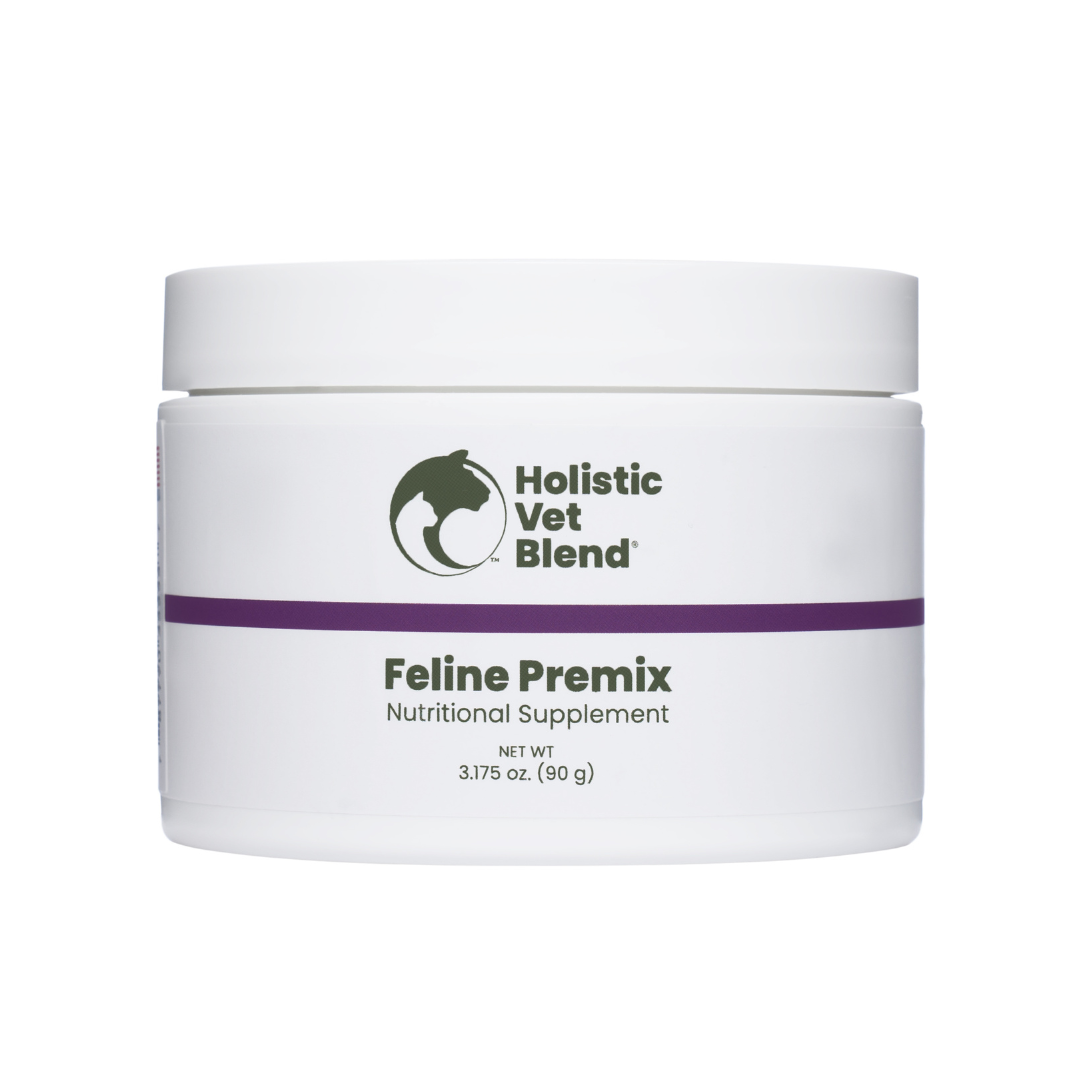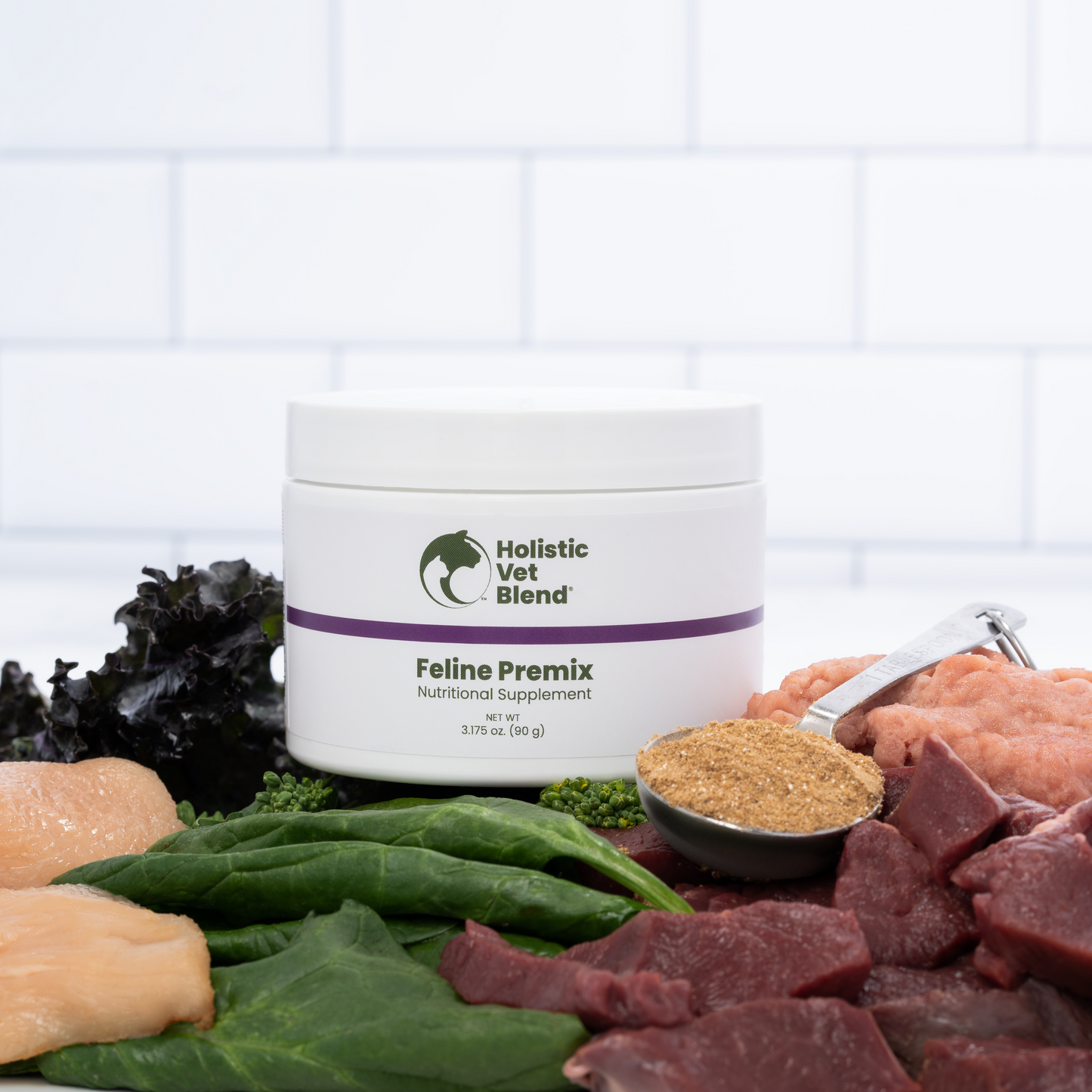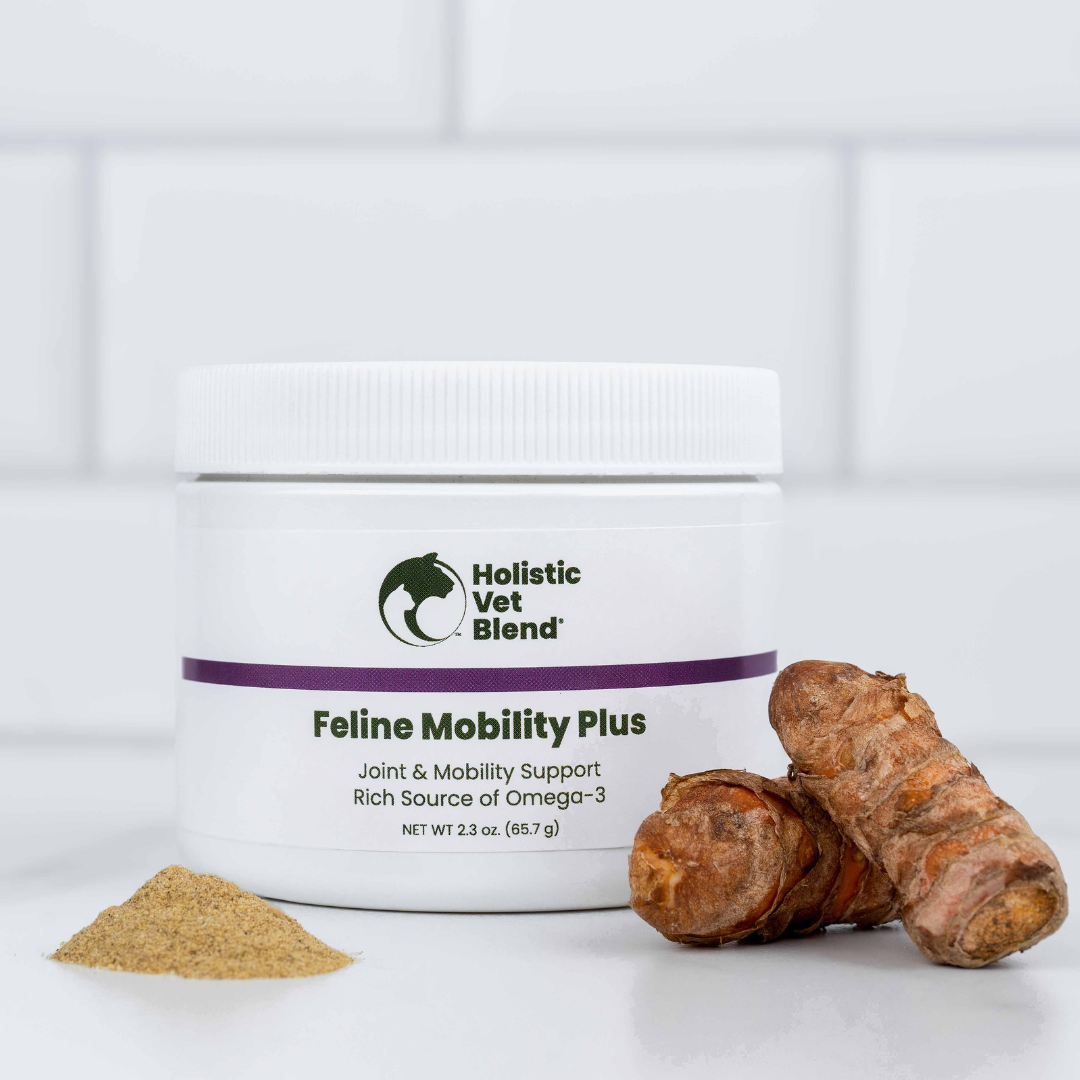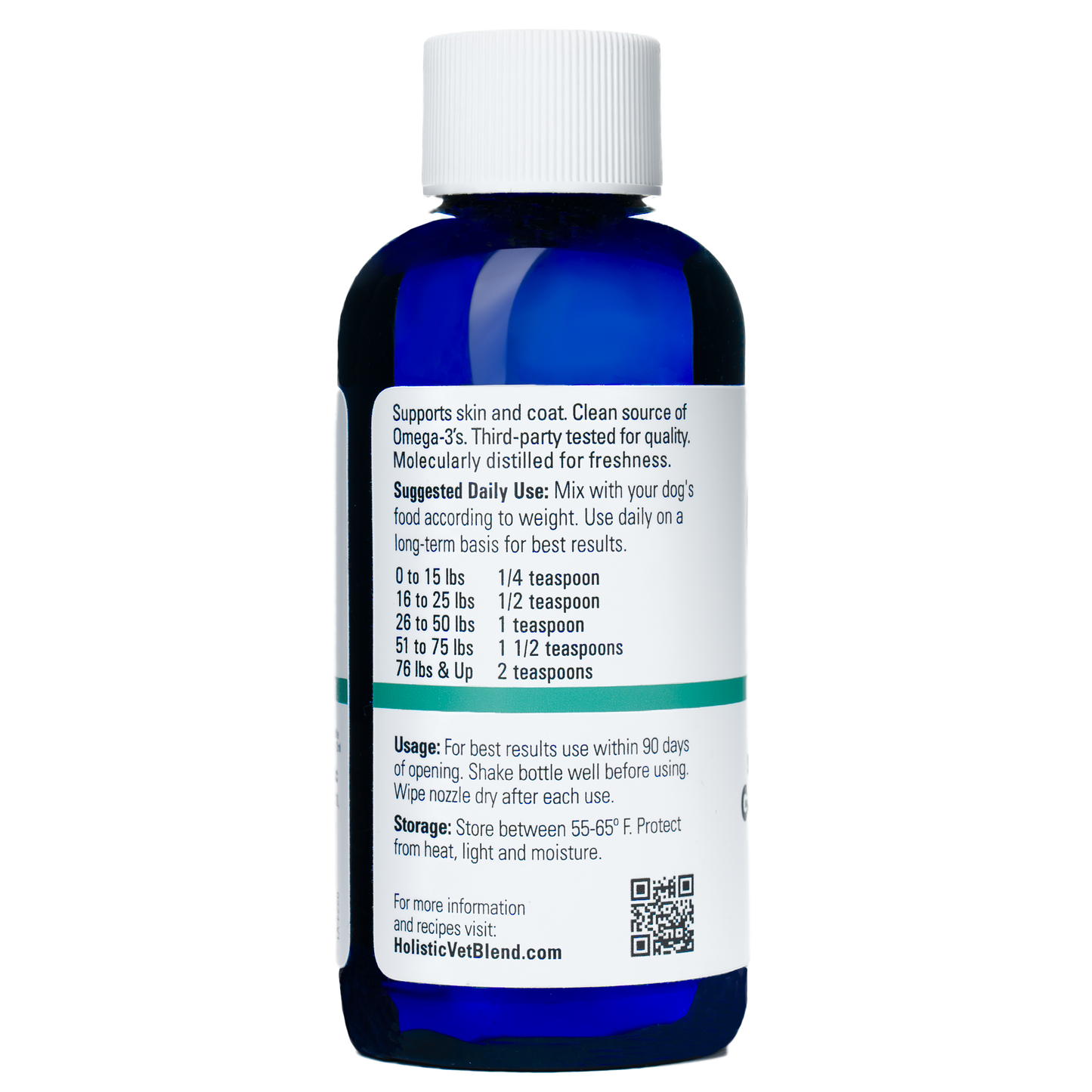
Key Highlights
- Prepare a disaster kit for your pet, including food, water, medication, and first-aid supplies.
- Have a safe and secure pet carrier or crate ready for evacuation.
- Ensure your pet wears a collar with an ID tag and has a microchip with up-to-date contact information.
- Prepare a care authorization letter designating a trusted individual to care for your pet in an emergency.
- Identify pet-friendly shelters or boarding facilities in your area and along evacuation routes.
Introduction
As a responsible pet owner, being ready for disasters is very important. Natural disasters, emergencies, and evacuations can be very stressful for you and your pets, and being ready can make all the difference.
Preparing your pet for a possible disaster is as important as getting ready yourself. First, gather necessary supplies like food, water, and medication. Put these items in a waterproof container. Make sure your pet is familiar with their carrier or crate, just in case you need to evacuate.
Also, update your pet's ID tags and microchip details. Keep their medical records easy to reach. By doing these things, you will be ready to deal with any emergency. This helps keep your pet safe and healthy.
1. Stock Up on Food and Water
When you prepare your disaster kit, include enough food and water for your pet. Make sure to store at least a week's worth of pet food in a waterproof container. This will help keep the food safe from spoilage and dirt. Use a resealable bag or container to keep the food fresh for your pet.
Also, pack enough fresh water for your pet. A good idea is to bring one gallon of water each day for every pet you have. This is very important to keep your pet hydrated during an emergency. If clean water is hard to find, this will help a lot.
If your pet needs a special diet, make sure to have plenty of their specific food as well. It is best to ask your veterinarian about the right emergency food options for your pet. Having enough food and water for your pet in your disaster kit is very important for their health and safety.
2. Prepare Bowls, Leash, and Collar
In addition to food and water, pack a separate bag with important items for your pet. Include food and water bowls, a leash, and a collar that has an ID tag. Collapsible bowls are a good option because they don't take up much space in your disaster preparedness kit.
Check that your pet's collar is strong and fits well. It should have an ID tag with your updated contact information. Make sure to include your current phone number and address. Having easy identification on your pet can help you reunite quickly if you get separated during an emergency.
Also, get your pet used to their carrier or crate before you need it. Make the space safe and cozy by putting toys or blankets inside. This will help make your pet feel more relaxed during an evacuation.
3. Have a Crate Ready
Have a crate set aside for emergency situations. If you need to leave your home fast, it helps to have a safe room or space where your pet can feel calm and secure. This is important as many evacuation centers do not allow pets.
Before any emergency, make sure your pet feels good about spending time in their crate. Do it slowly and pair it with fun experiences, like treats or toys.
By including the crate in your pet plan and getting your pet used to it, you'll be ready to handle different emergencies with less worry and more confidence. Not to mention, it's important to keep them safe and secure when traveling.
4. Secure Medications and Medical Records
Gather your pet's important medical records. This includes their vaccination history, medication details, and any medical conditions. These records hold sensitive information. It is important for your pet's safety, especially when you may need to visit the vet in an emergency.
Store these documents with a picture of your pet in a waterproof container or a ziplock bag. This will keep them safe from damage. It's also smart to have digital copies on your phone or in a secure cloud storage service. This way, you can access vital information no matter where you are. You may need the picture to post if your pet is lost or escapes during the disaster.

5. Microchip and Identification Tag
Microchipping your pet is a great way to help bring them back if they get lost, especially during busy times. A microchip is a small device placed under your pet's skin. It has a unique ID number that connects to your contact information in a national database.
Register your pet's microchip with the company and update your contact information when needed. Animal shelters and vets have scanners that can read these chips. This helps them find lost pets and return them to their owners quickly.
If you have a collar and an updated ID tag along with the microchip, it’s much easier to get your pet back if they escape off during a crisis. I was on emergency duty during the Northridge earthquake in 1994 and pets panicked and went through plate glass windows out of fear and trying to escape. Dogs escaped from walls that collapsed in their back yard. Many pets showed up bleeding after stepping on broken glass or hit by cars as they ran away in fear. As a vet treating these unfortunate pets, it was helpful to be able to contact their worried owners.
6. Write a Care Authorization Letter
As part of your disaster plan, choose a trusted neighbor, friend, or family member as your emergency contact. This person should live nearby and be capable of taking your pet to the vet while you are away. Write them a care authorization letter. This letter should let them make decisions about your pet’s care.
Include essential details in the letter, such as needed medications and your veterinarian's contact information. This way someone you trust can seek treatment for your pet if you can't be there during an emergency.
Keep a copy of the care authorization letter in your pet's emergency kit and send one to your veterinarian. Also, give a copy to your chosen emergency contact. Good communication and clear instructions will help facilitate your pet get the care they need even when you are not there.
Example letter:
[Your Name]
[Your Address]
[City, State, ZIP Code]
[Email Address]
[Date]
Pet's Name:
Microchip number:
To Whom it May concern:
By this letter, I hereby release you from any liability regarding the care and well-being of my pet should they need veterinary care.
Veterinarian Name:
Veterinarian Address:
Veterinarian Phone Number:
Emergency Veterinarian:
Veterinarian Address:
Veterinarian Phone Number:
What should you include in a basic first aid kit for pets?
Having a first aid kit for your pet is very important. It helps you take care of minor injuries or sicknesses in emergencies. Here are a few key items:
- Gauze pads and bandage material
- Bandage scissors
- Disposable gloves
- Antiseptic wipes to clean cuts and scrapes.
- Betadine or Hydrogen peroxide to clean wounds
- A thermometer
- A muzzle if your pet is injured and you need to move them. An extra leash and collar.
Identify Nearest Public Shelter and Pet Boarding Area
When creating your pet disaster plan, research pet-friendly public shelters and boarding facilities in your area. Keep a list of these locations, including their addresses and contact information, readily available in your emergency kit. While some public shelters may accommodate pets, space is often limited, so it's crucial to have alternative options.
|
Facility Type |
Name |
Address |
Phone Number |
Notes |
|
Pet-Friendly Shelter |
|
|
|
|
|
Pet-Friendly Shelter |
|
|
|
|
|
Boarding Facility |
|
|
|
|
|
Boarding Facility |
|
|
|
|
Reach out to local officials or animal control agencies to obtain an updated list of pet-friendly shelters in your community. Knowing where to seek refuge for your pet during an evacuation can alleviate stress and ensure their well-being. Don't wait until disaster strikes; start researching and compiling this information today.
List Veterinarian and Veterinary ER Contact Numbers and Locations
- Make a list of important contact numbers. Include your veterinarian's number and the contact details for at least one 24/7 emergency veterinary clinic nearby. This way, you can get help quickly if your pet needs medical attention during a crisis.
- Write these numbers clearly on paper and keep them in your pet's emergency kit. Also, save the numbers on your phone and share them with your emergency contact. Having these numbers ready will help you act fast and get the right care for your pet.
- In an emergency, having your veterinarian's phone number easily available is very important. Quick access to this information can be vital for your pet's health and safety.
Draft an Evacuation Plan
- Create a clear evacuation plan that takes care of your pet’s needs.
- Identify both main and backup escape routes.
- Set specific meeting places for your family members, including pets, in case you get separated.
- Pick a safe, pet-friendly spot outside your immediate area to reunite with your pet if you can't return home.
- Add your pet’s emergency kit to the plan and know who will be responsible for securing the kit, crates, and the pets.
- If you have more than one pet, use separate carriers and keep the kit organized with records and meds for each pet.
- This will help the evacuation go smoothly and reduce stress for you and your pets.
- By including your pet in your evacuation plan, you are making sure they stay safe and reducing possible problems during emergencies.
Conclusion
In conclusion, being ready is so important for protecting your family and pets during disasters. Discuss these critical steps with your family. Make sure everyone knows where the kit is and how an evacuation would be implemented. Being prepared will give you some peace of mind and help you remain calm should a disaster occur.
Frequently Asked Questions
How much food and water should I stock up for my pet?
Store at least 3 days of food and water and 7 days of medications.
How do I ensure my pet's safety if we get separated?
- Keep your pet safe by microchipping them.
- Make sure their ID tags are current.
- Take a recent photo of your pet.
- Create an emergency kit that includes food and medications.
- Have a plan ready in case you get separated.











